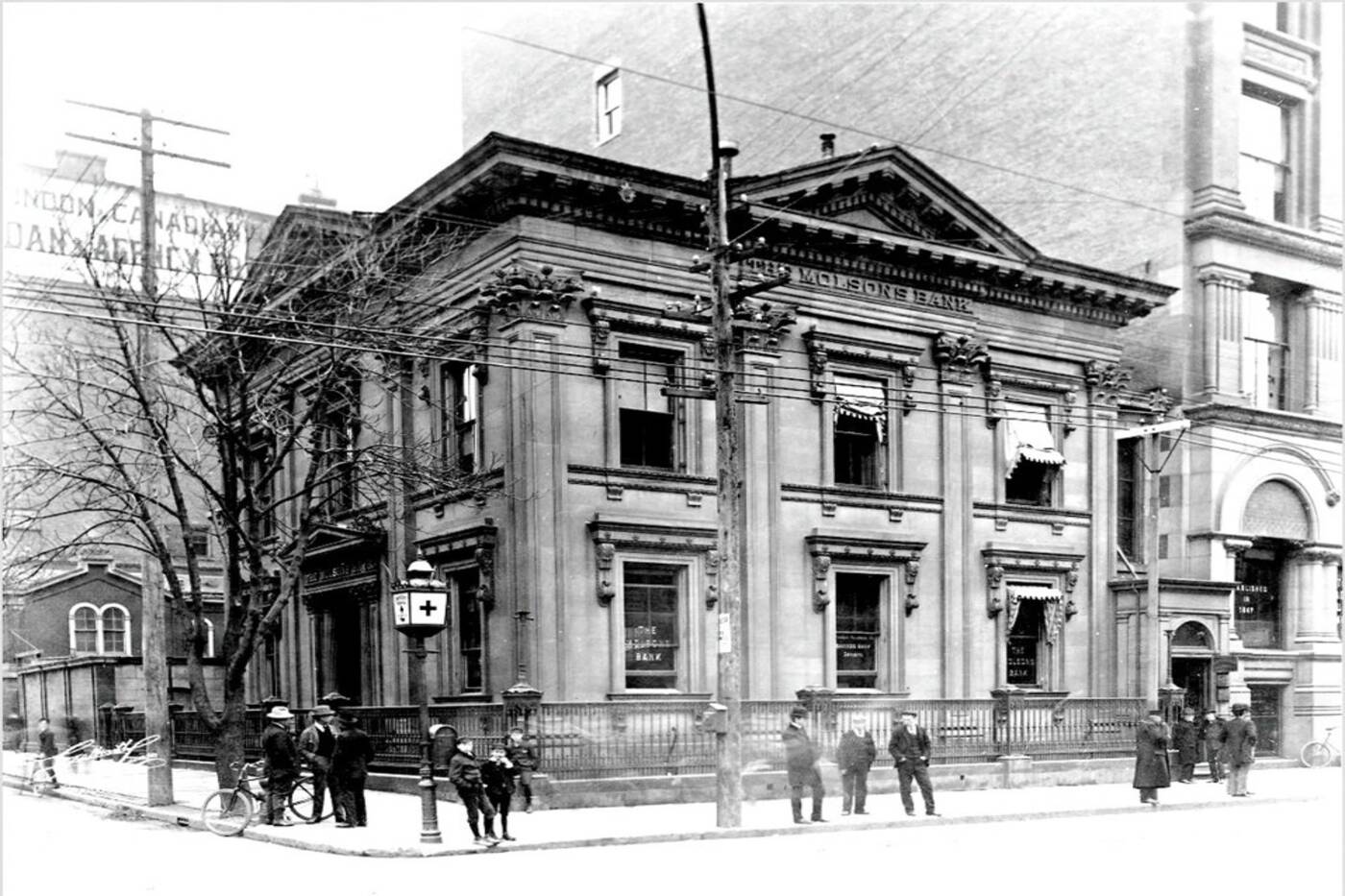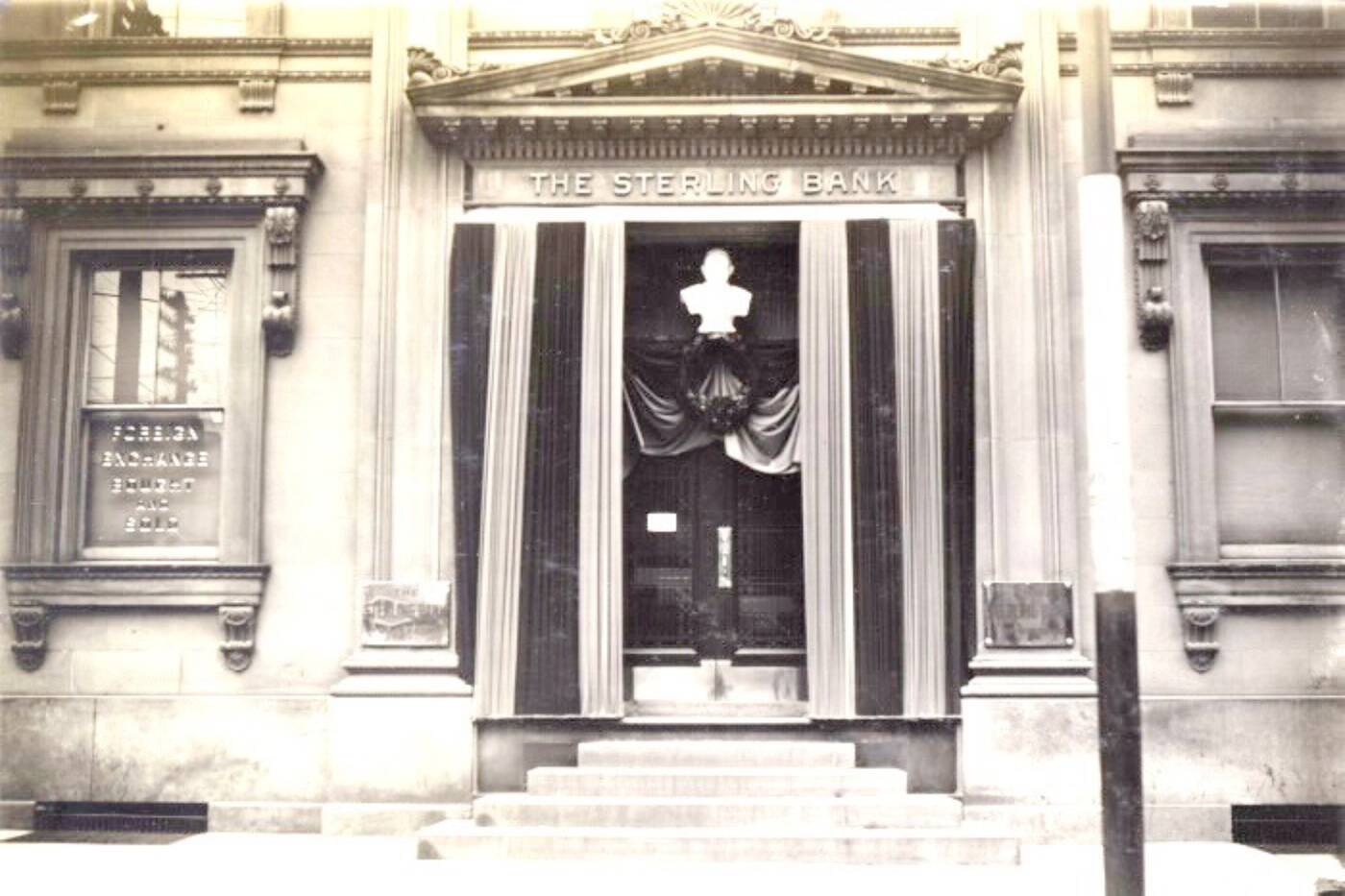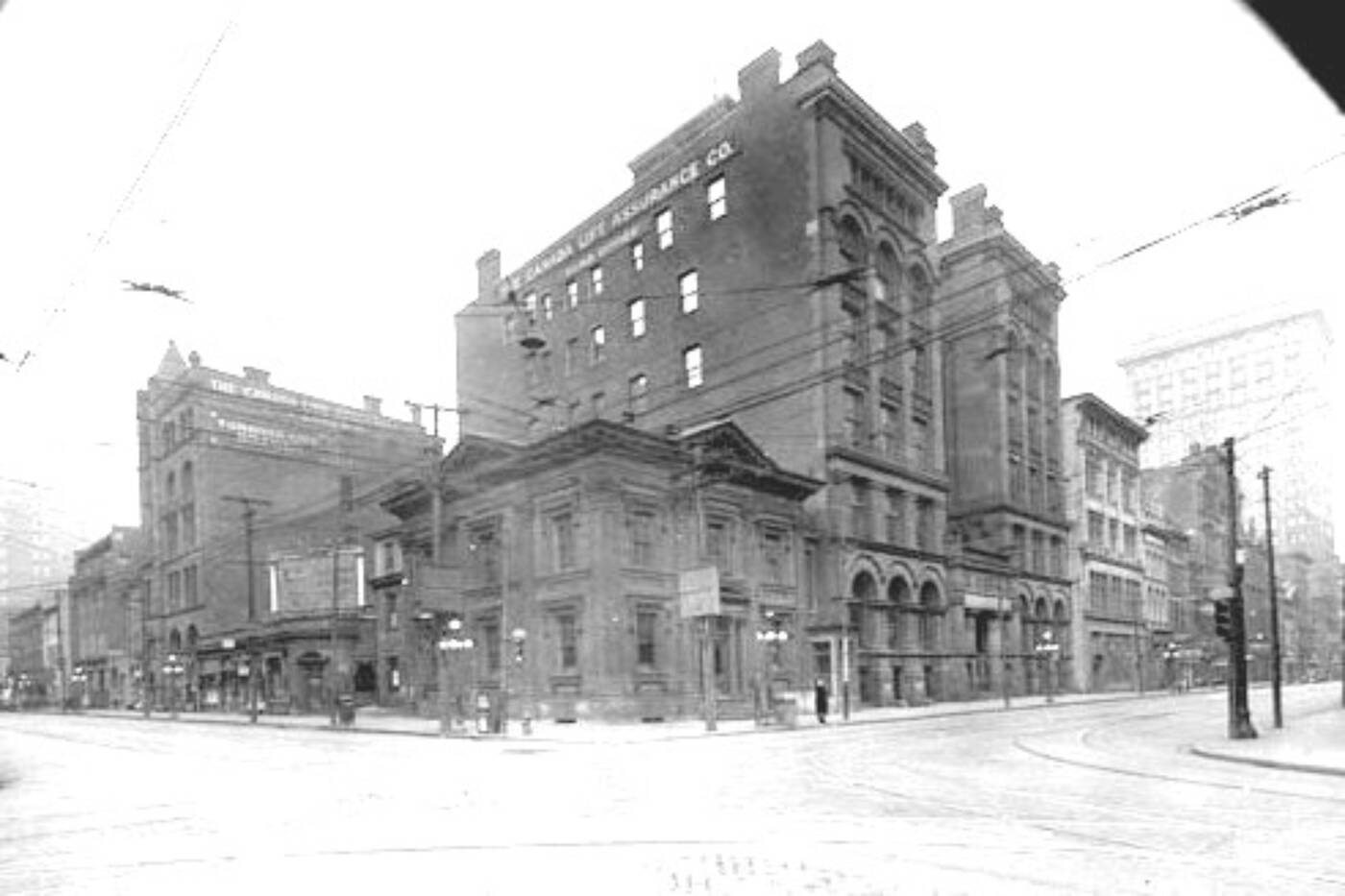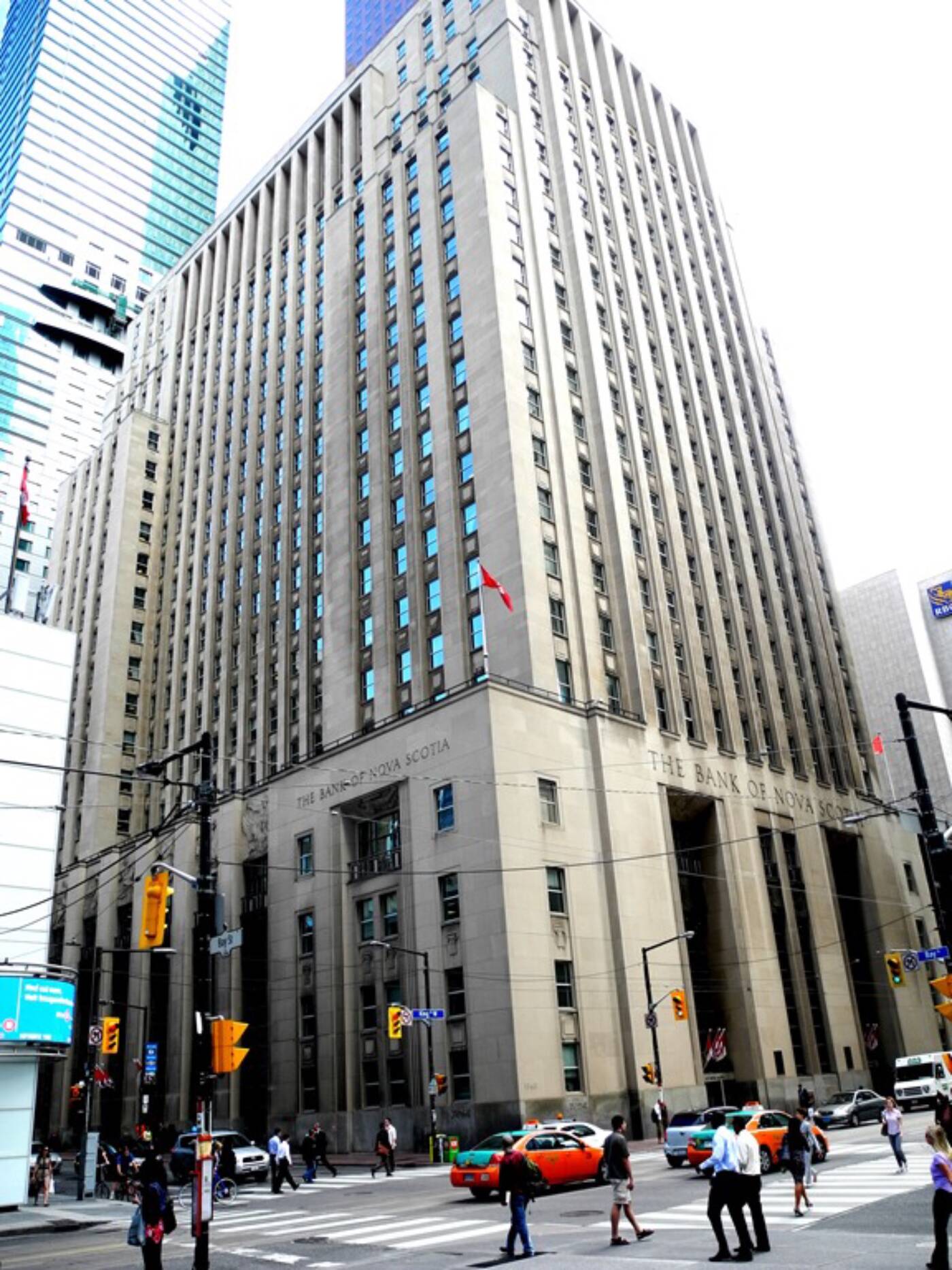The Cawthra family immigrated from Guiseley, Yorkshire, England and arrived in Upper Canada (Ontario) in 1803. She lived in a brick house on the northwest corner of King and Caroline Streets (Sherbourne).
The following year, family leader Joseph Cawthra received land in Port Credit, but only remained there until 1806, when he moved to York (Toronto), the provincial capital.
He had once hoped to become a doctor, and because of his interest in medicine, he founded a pharmacy, which he expanded into a general store. It is believed to be the first store of its kind in Toronto.
When the War of 1812 was declared, he sold medical supplies to the British army and amassed a considerable fortune, which he invested in property acquisition.
Joseph's son William inherited the company when his father died in 1842. He closed the business and focused on developing the properties in downtown Toronto that had been part of his legacy.
He lived in a brick house near Bloor and Jarvis streets, then outside the city, in the village of Yorkville. In 1849 William married Sarah Crowther.
She considered Yorkville to be too far north of the city and urged William to build a house near the business center of downtown Toronto.
She wanted a large mansion that would be her home and had an office where her husband could conduct his business.
A sentimental Christmas card of the Cawthra House, printed in 1922, showing the house when it was occupied by the Cawthra family. Toronto Public Library, R-2132.
In 1851, William purchased property on the northeast corner of King and Bay Streets. It occupied 56 feet on King and extended 146 feet north on Bay.
William was aware that the area west of Yonge Street was developing commercially and that his new house would greatly increase in value. Construction began in 1851 but was not completed until 1853.
Although thrifty by nature, Cawthra honored his wife's wishes and built a residence that reflected his wealth and importance in the city. He had been elected city councilor twice and had also served on the Common Schools Board of Trustees.
To design his house, he chose an up-and-coming architect, Joseph Sheard, who at the time made his living primarily as a carpenter. However, the structure was completed by a younger partner in the firm, William Irving.
The house was in the Greek Revival style, with walls made of large blocks of light Ohio sandstone joined together to form smooth facades.

Cawthra House in 1913, when it was still Molson's Bank. The view is of the south facade of the building on King Street, with Bay Street to the left. The building east of the bank (right) is the Canada Life Assurance Company. Toronto Archives, p 0409, item 0060.
The frame and roof of the house were made of hand-hewn beams held together with wooden pegs. The windows and main entrance on Bay Street were surrounded by ornate carvings.
The heavy cornice above the second floor jutted out over the street, creating a solid and impressive appearance. The triangular pediment above the cornice increased its resemblance to a Greek temple, as both the cornice and pediment featured large teeth.
These were designs from ancient Greece that were popular throughout most of the 19th century. The facades on the King and also on the Bay were divided into three sections by pilasters (three-sided columns) and crowned with Corinthian capitals.
The house was essentially rectangular, with a service wing extending along the north side where the brick stable was located. The mansion was surrounded by a high brick wall. William lived in his magnificent residence until his death in 1880.
Despite being one of Toronto's most magnificent mansions, no photos of its interior appear to survive. There is an unconfirmed story that the front door of the house had a gold doorknob, which the butler removed every evening before dark to prevent it from being stolen.
His widow remained in the house until about 1885, when she moved to a more luxurious house on Jarvis Street, opposite a small park named after the family. She rented out her former home.
By that year, the King Street property on which the house stood was one of the most desirable commercial locations in the city and was too valuable to remain as residential property.
From 1885 to 1907 it was a branch of Molson's Bank and from 1908 to 1925 the headquarters of Sterling Bank. The rich detailing on the exterior and the marble-decorated interior reflected the image the banks wanted to convey.

The front door of Cawthra House in 1910, when the building was a branch of Sterling Bank, Toronto Public Library, R-6227.
But eventually the Canada Life Assurance Company, whose headquarters were next door on King Street, bought the property and rented it to the banks.
In 1929, the insurance company moved to a new Art Deco building on University Avenue north of Queen Street.

The northeast corner of Bay Street and King Street c. 1926. Cawthra House and the Canada Life Assurance Company dominate the scene. Toronto Archives, Fund 1244, Article. 7098.
The sites of the old Cawthra House and Canada Life building were purchased by the Bank of Nova Scotia, which wanted to build a 27-story office tower at King and Bay.
Plans for the bank were put on hold because of the economic crisis and were revived in the late 1940s.
Because of its architectural merits and historical significance, every effort has been made to preserve Cawthra House. A member of the Cawthra family offered to cover the cost of demolishing the building and rebuilding it on the grounds of the Royal Ontario Museum.
But the museum rejected the offer and the house was demolished.

The Cawthra House in 1931 when it was used as an office building. Toronto Archives, F1548, item 23370.
The drawing room mantelpiece and the stone columns on either side of the door were saved and placed in the garden of Joseph Cawthra's Port Credit estate.
Other parts of the house were saved by a descendant of William Cawthra and placed in the backyard of his Rosedale home.

The Bank of Nova Scotia, on the northeast corner of King and Bay Streets, occupies the site where the Cawthra mansion once stood.
In 1949, following the demolition of Cawthra House, ground was broken for the 24-story Bank of Nova Scotia and the building was completed in 1951.
Doug Taylor was a teacher, historian, author and artist who wrote extensively about Toronto's history at tayloronhistory.com. This article first appeared on his website on February 19, 2016 and has been republished here with permission from his estate. The article has been slightly changed.















